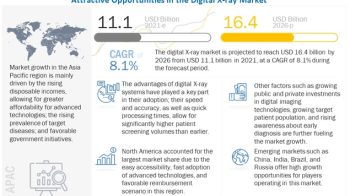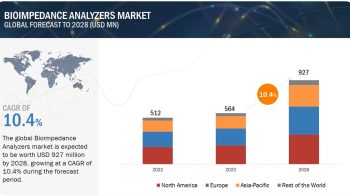Selection of right medical robot (surgical/rehabilitation/non-invasive radiosurgery/hospital & pharmacy) is critical for hospitals/care centers/pharmacies and is dependent on number of factors such as capital equipment cost, maintenance and accessories/consumables cost, reimbursements, patient volume catered to, vendor reputation, peer review, and surgeon learning curve/ease of use, among others. Thus, selection of a robot is largely based on the organization’s strategic plan and objectives for adoption of the technology.
Medical robots are high capital purchases with the most common robotic system in the market, the da Vinci system, costing more than USD 1.5 million. In addition, the annual maintenance cost of a robot is close to USD 125,000, and further sum up to the already high medical costs of a robotic surgery. To add to the high cost various other factors such as declining hospital budgets, improving quality of care delivered, and increasing patient awareness have led to conscious decisions to implement the robotic technologies.
One of the most influencing factors that guide the purchase of the robotic technology is the patient volume that is to be addressed using the technology. Higher the patient volume faster is the break-even achieved. For instance, as per a study, 78 cases per year are needed to cover the costs of a purchased robot (da Vinci), while only 20 cases per year are needed if the robot is donated. However, profit is not feasible at centers performing fewer than 25 cases annually (Study Title: A da Vinci Robot System Can Make Sense for a Mature Laparoscopic Prostatectomy Program, PUBMED – PMC3016020).
Additionally, each technology has a life span of 6 to 12 years (average life span for all types of medical robots). The longer life-span of the equipment provides sufficient time for a healthcare provider to achieve cost-benefits. Contrastingly, the investment in maintenance & replacement of consumables hold-back the full capacity to reach the break-even. For instance, Gamma Knife – a gold standard for removing brain tumors incurs additional expenditure on replacement of cobalt source in every 5 years as the radioactive material is subject to decay. Thus, the factor increasingly features in the consideration sets in the overall purchase mechanism of robotic technologies.

